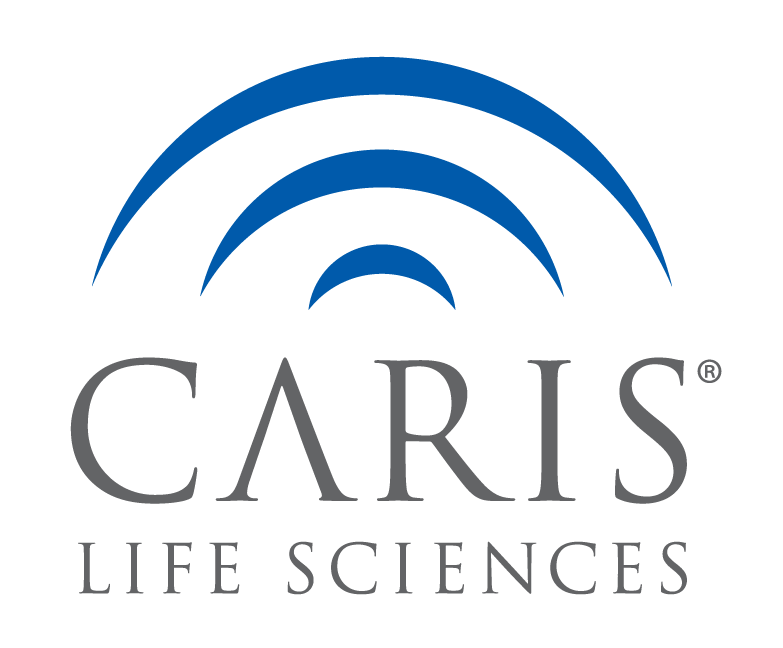Abstract
We previously reported that tumors harboring any one of four gene mutations (ATM, RB1, FANCC, or ERCC2) were likely to respond to neoadjuvant cisplatin-based chemotherapy (NAC), resulting in cancer-free surgical specimens at the time of cystectomy (pT0). Here, we report our validation of this finding. Using the CARIS 592 Gene Panel (Caris Life Sciences, Phoenix, AZ, USA), we analyzed 105 pre-NAC tumor specimens from a large multicenter trial (S1314) of either neoadjuvant gemcitabine and cisplatin (GC), or dose-dense methotrexate, vinblastine, Adriamycin, and cisplatin (DDMVAC). We found that a mutation in any one of these four genes predicted for pT0 at surgery (odds ratio = 5.36; 95% confidence interval [CI] 2.05, 14.02; two-sided p = 0.0006). The biomarker was better at predicting the presence of disease (negative predictive value for pT0 86%; 95% CI 73%, 94%) than the absence of disease (positive predictive value for pT0 48%; 95% CI 35%, 62%). There was no evidence of an interaction between the treatment arm (DDMVAC vs GC) and the genetic variant in terms of pT0. When combined with clinical assessment, these findings help inform patient selection for bladder preservation after cisplatin-based chemotherapy.

